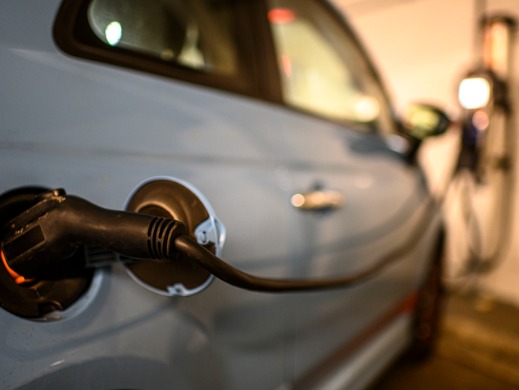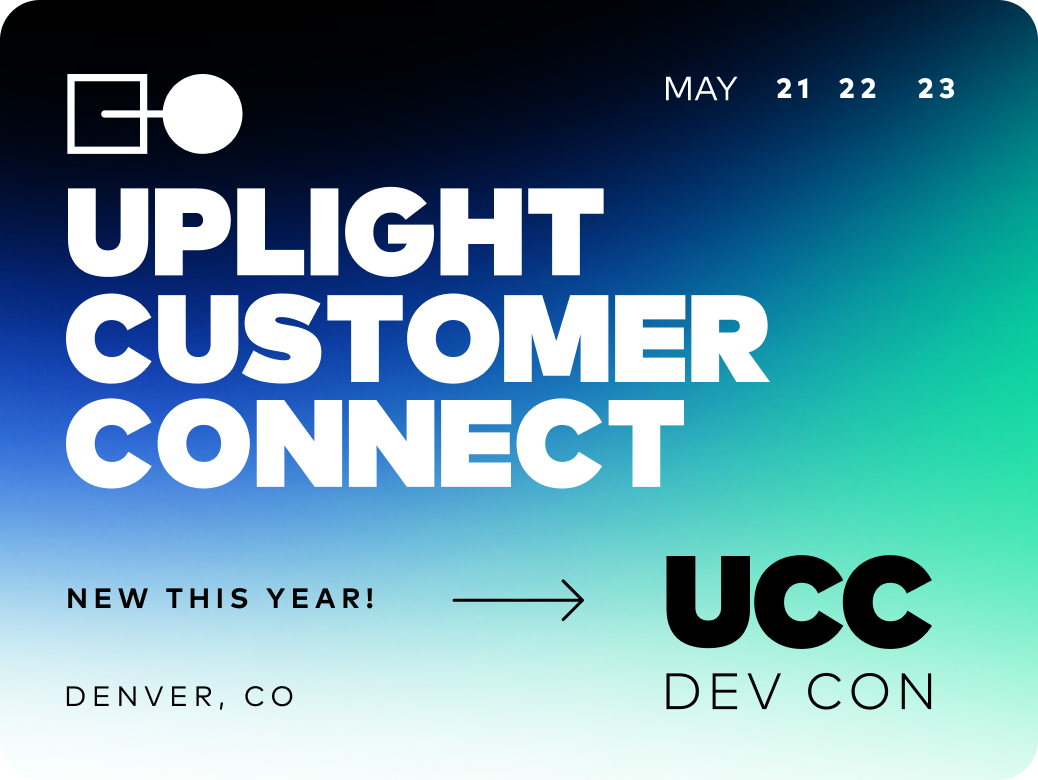While the tag line of the AESP (Association of Energy Service Professionals) Conference last week was Charging Forward, pivoting was a central theme. The energy industry is no doubt charging forward, but also pivoting to address some of the challenges brought on by the pandemic. Some of the areas pivoting in our industry include:
- DER (“Distributed Energy Resources”) programs are pivoting to include more devices such as both behind-the-meter and grid-scale storage, water heaters and electric vehicles (EV).
- Rate programs are pivoting to include EV (Electric Vehicle) charging in homes.
- Demand response is pivoting to encompass gas.
- Cost effectiveness testing is pivoting to incorporate more non-energy benefits and carbon reductions.
- More customers want to be a part of the solution towards a more sustainable future.
- Utilities are pivoting to adopting and implementing clean energy goals, as well as prioritizing disadvantaged communities and low and moderate income customers.
- The federal government is pivoting toward clean energy.
Not only is AESP pivoting, but companies and organizations across the country are pivoting to prioritize diversity, equity, and inclusion. We as energy service professionals are pivoting from normal office jobs to not only getting the work done, but also creatively tackling new challenges the pandemic has brought. The AESP Conference did a great job of discussing the current challenges in our industry, solutions we are employing, and potential solutions to use in the future.
Julia Renn, Don McPhail and Emilie Tullis from Uplight participated in three different panels that covered some of these pivots, particularly in DER and demand flexibility as well as in adapting programs to meet customers needs in light of the pandemic. Here are some of the highlights of each panel.
Engaging with Customers in Crisis
Julia Renn, Product Design Lead at Uplight, chatted with panelists from Doer/Maker and Waypoint Energy about the changes in the mindsets of both commercial and residential customers during times of crisis.
The conversation touched on how people form habits and routines during “normal” times, what’s going on in our brains and bodies during crises, some behavioral trends that are emerging in our collective responses to COVID-19, and how we can stay tapped into our customers’ needs after the wealth of dialogue created by the pandemic has subsided.
By acting as a force for stability and empowering growth for those who are seeking it, showing empathy and offering comfort, delivering value instead of demanding attention, being altruistic and community-minded, and being honest about challenges and willing to pivot, utilities and implementers can ensure that they’re crafting programs and communication strategies that meet the moment. And by creating a lasting practice of empathetic design and decision making, we can ensure that we’re truly serving our customers both during times of crisis and also in this new normal, whatever that ends up looking like.
The Emerging Need for Demand Side Flexibility in Gas Networks
Don McPhail from Uplight talked with panelists from the Public Service Company of OK (AEP), Consumers Energy, Brattle Group, and the Cadmus Group about the emergence of gas DR programs.
Success with electric DR programs have caused several utilities to pilot gas DR programs. In addition to improving flexibility, gas DR programs can improve a utility’s net promoter score and even be cost efficient, especially tied with other programs. Gas DR programs can also reach an underserved set of customers who haven’t yet participated in a DR program, potentially driving a higher conversion rate. But, utilities can’t just replicate their electric DR programs due to distinct differences and the need to prioritize customer engagement.
Data: The Key Ingredient for Having your DER Cake and Eating it Too
In this session, Emile Tullis of Uplight talked with panelists from VEIC, arbnco, and ERS about the role of data in distributed energy resources (DERs).
The Internet of Things, or IoT, is coming online in many ways, but the big challenge is how to use it. The good news is that end-users will engage if they find value such as device-specific recommendations and personalized suggestions for different types of users.
Looking at three different programs, the common themes were to start with what data you do have and understand the benefits and limitations that accompany it. For example, AMI disaggregation when compared to in-panel sensors is highly effective for loads like air-conditioning, but less so for other large appliances. Data can also be used to better understand the types of customers who best align with program outcomes such as homes with high energy use, homes with large or behavior-sensitive loads, and to understand that device engagement doesn’t always align with savings.
AESP brought together a group of talented energy professionals, and it was exciting to spend some time virtually discussing how we are all pivoting and creating solutions to the unique challenges and opportunities of this time.





